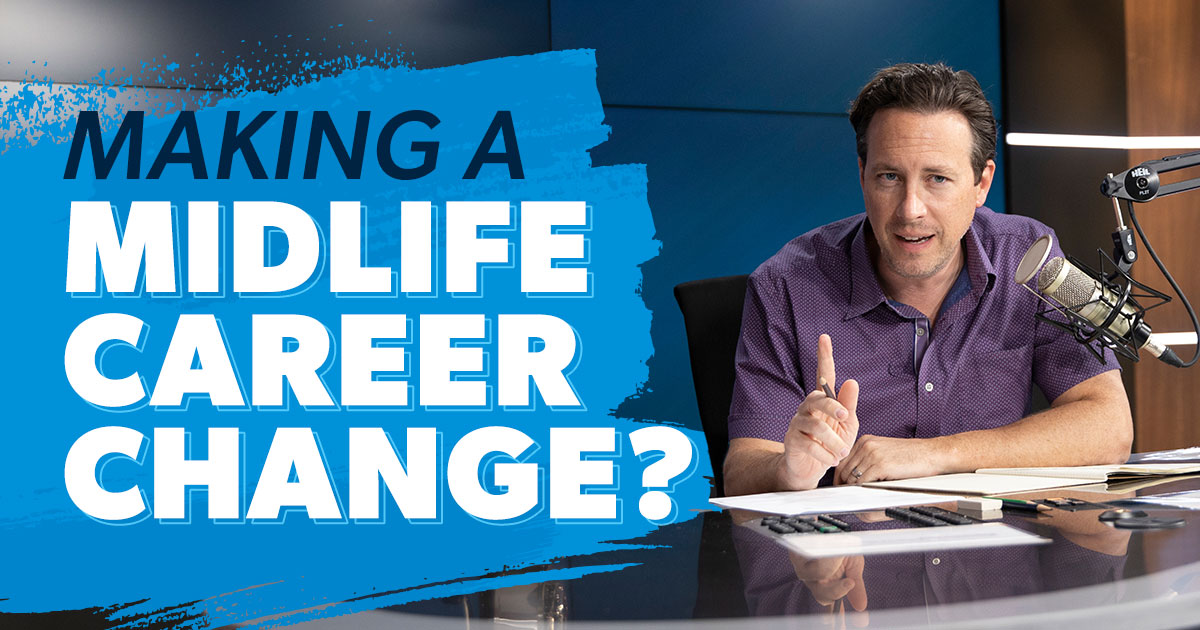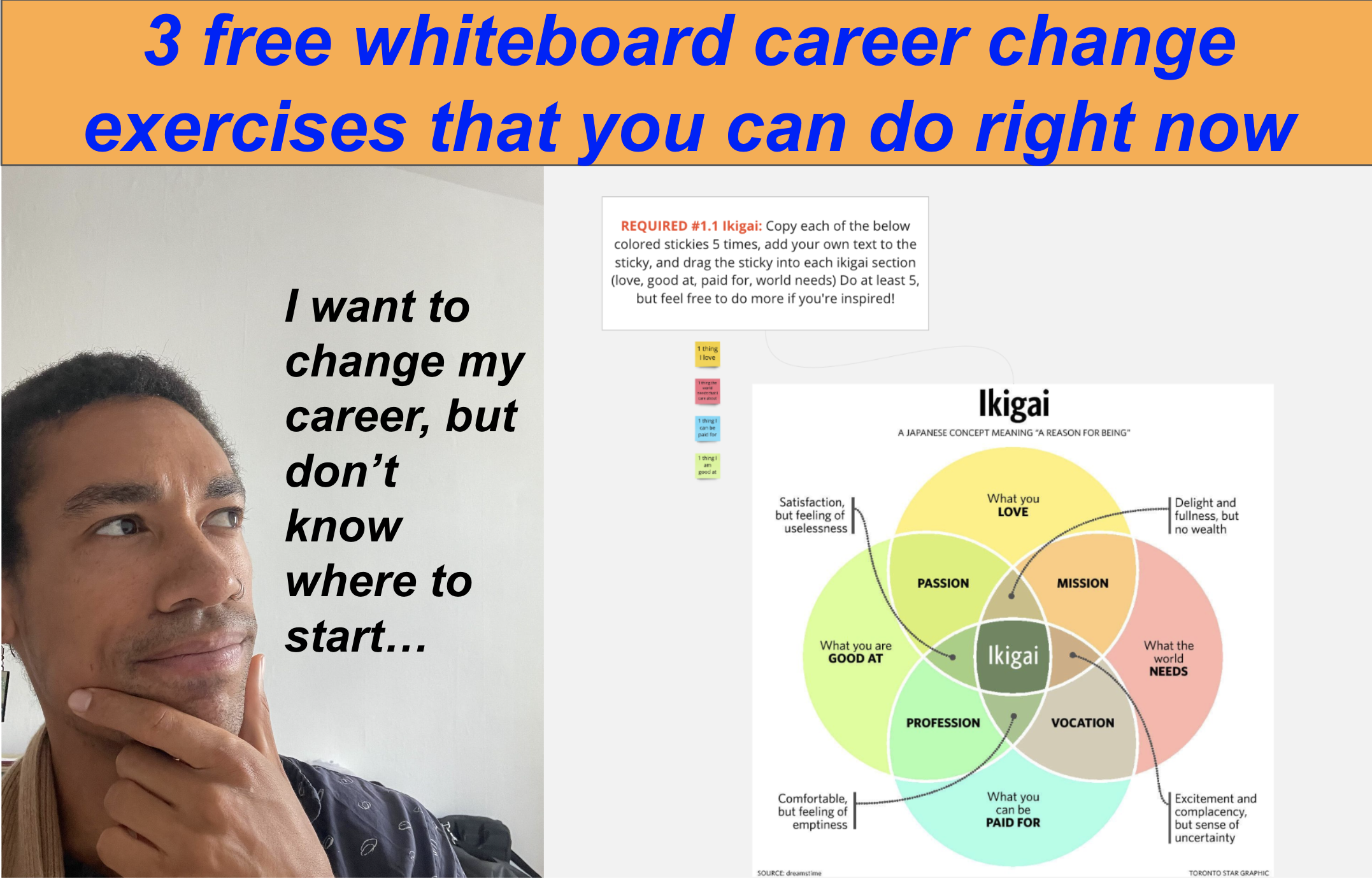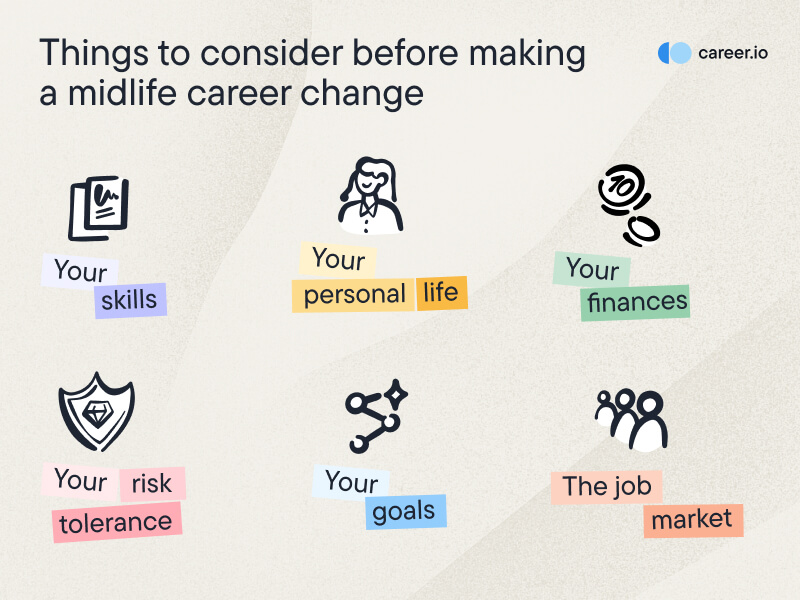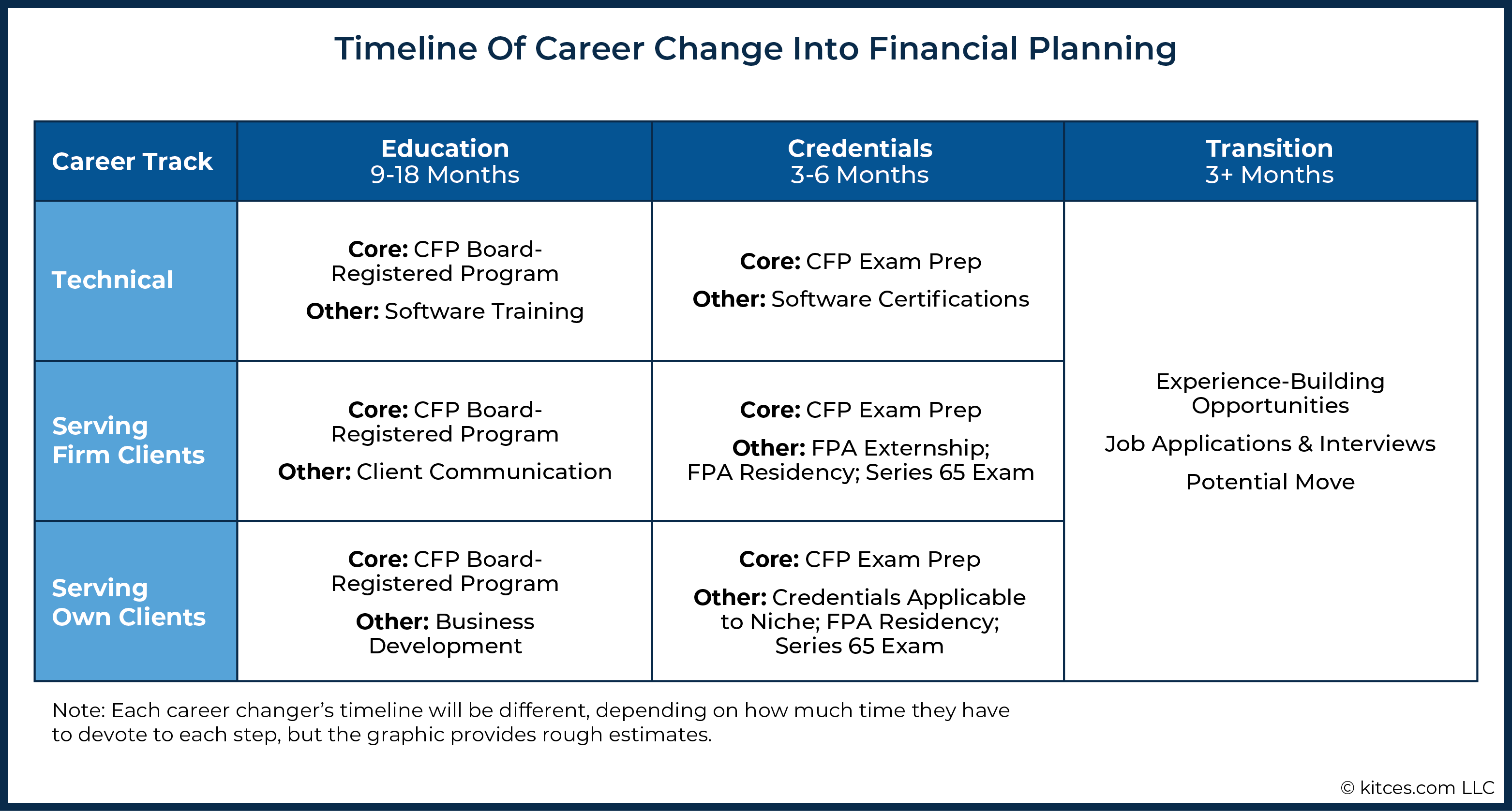Managing Personal Finances During a Career Change

Managing Personal Finances During a Career Change: A Guide for Middle-Aged Individuals
Changing careers can be both exhilarating and intimidating, especially for middle-aged individuals. This period often involves significant financial responsibilities, such as mortgages, family obligations, and retirement planning. However, with careful financial planning, you can navigate this transition smoothly and set yourself up for long-term success. Here’s a comprehensive guide to help you manage your finances during a career change.
Understanding the Financial Landscape

Assessing Your Current Financial Situation
Before embarking on a career change, it’s crucial to evaluate your current financial status. This involves:
-
Income and Expenses: List all your income sources and expenses to understand where your money is going.
-
Savings and Debt: Assess your savings, emergency fund, and any outstanding debts.
-
Retirement Savings: Consider how your career change might impact your retirement goals and savings .3 .5.

Creating a Financial Snapshot
-
Income: Calculate your current and projected income during the transition.
-
Fixed Expenses: Housing, utilities, food, and other essential costs.
-
Variable Expenses: Entertainment, travel, and other discretionary spending.
-
Debt Payments: Include mortgage, car loans, credit cards, etc.
-
Retirement Contributions: Evaluate how your career change affects retirement savings .5 .6.

Building a Career Transition Budget

Key Components of a Transition Budget
| Component | Description |
|---|---|
| Estimated Income | Projected earnings during the transition period |
| Essential Expenses | Housing, utilities, food, etc. |
| Job Search Costs | Courses, certifications, networking events |
| Healthcare Expenses | Insurance premiums, out-of-pocket costs |
| Debt Payments | Mortgage, car loans, credit cards, etc. |

Adjusting Spending Habits
-
Reduce Discretionary Spending: Cut back on non-essential expenses like dining out or subscription services.
-
Prioritize Essential Expenses: Ensure you cover housing, utilities, and food.
-
Explore Cost-Saving Measures: Consider downsizing or renegotiating bills .5 .10.

Managing Healthcare and Benefits

Healthcare Coverage
-
COBRA: Continue your current employer-sponsored health insurance for a limited time.
-
Marketplace Plans: Explore individual health insurance options.
-
Spouse’s Coverage: Consider joining a spouse’s health plan if available .5.
Life and Disability Insurance
-
Continuity: Ensure you maintain coverage during the transition.
-
Review Policies: Assess the costs and coverage of your current policies .5.

Financial Strategies for Career Change

Building an Emergency Fund
-
Aim for 6-12 Months: Save enough to cover essential expenses during the transition period.
-
Use Online Calculators: Tools can help estimate your specific needs based on expenses .3 .8.
Minimizing Debt
-
Pay Down High-Interest Debt: Focus on clearing credit cards and personal loans before the transition.
-
Avoid New Debt: Only borrow if necessary, and avoid using credit cards for daily expenses .4 .10.

Exploring Funding Options for Retraining
-
Employer-Sponsored Programs: Check if your current employer offers education assistance.
-
Adult Scholarships and Grants: Apply for scholarships designed for midlife career changers.
-
Student Loans: Consider federal or private loans, but weigh the long-term implications .10.

Retirement Savings Considerations
-
Avoid Tapping Retirement Funds: Resist using retirement savings for transition costs due to potential penalties and long-term impacts.
-
Adjust Contributions: If necessary, adjust your retirement contributions based on your new income .5 .10.

Creating a Support Network

Mentorship and Networking
-
Connect with Industry Mentors: Use platforms like LinkedIn to find mentors who have successfully transitioned careers.
-
Join Career Transition Groups: Participate in workshops and career fairs for support and resources .4 .7.

Case Studies: Real-Life Examples

Alan’s Strategic Shift
Alan, a marketing executive, transitioned to data analytics by enrolling in a part-time course while still employed. He adjusted his budget to accommodate course fees and potential income fluctuations, successfully navigating his career change without incurring debt .7.

Luisa’s Entrepreneurial Leap
Luisa, a software developer, started her own tech company. She emphasized unified financial planning with her partner and open communication









